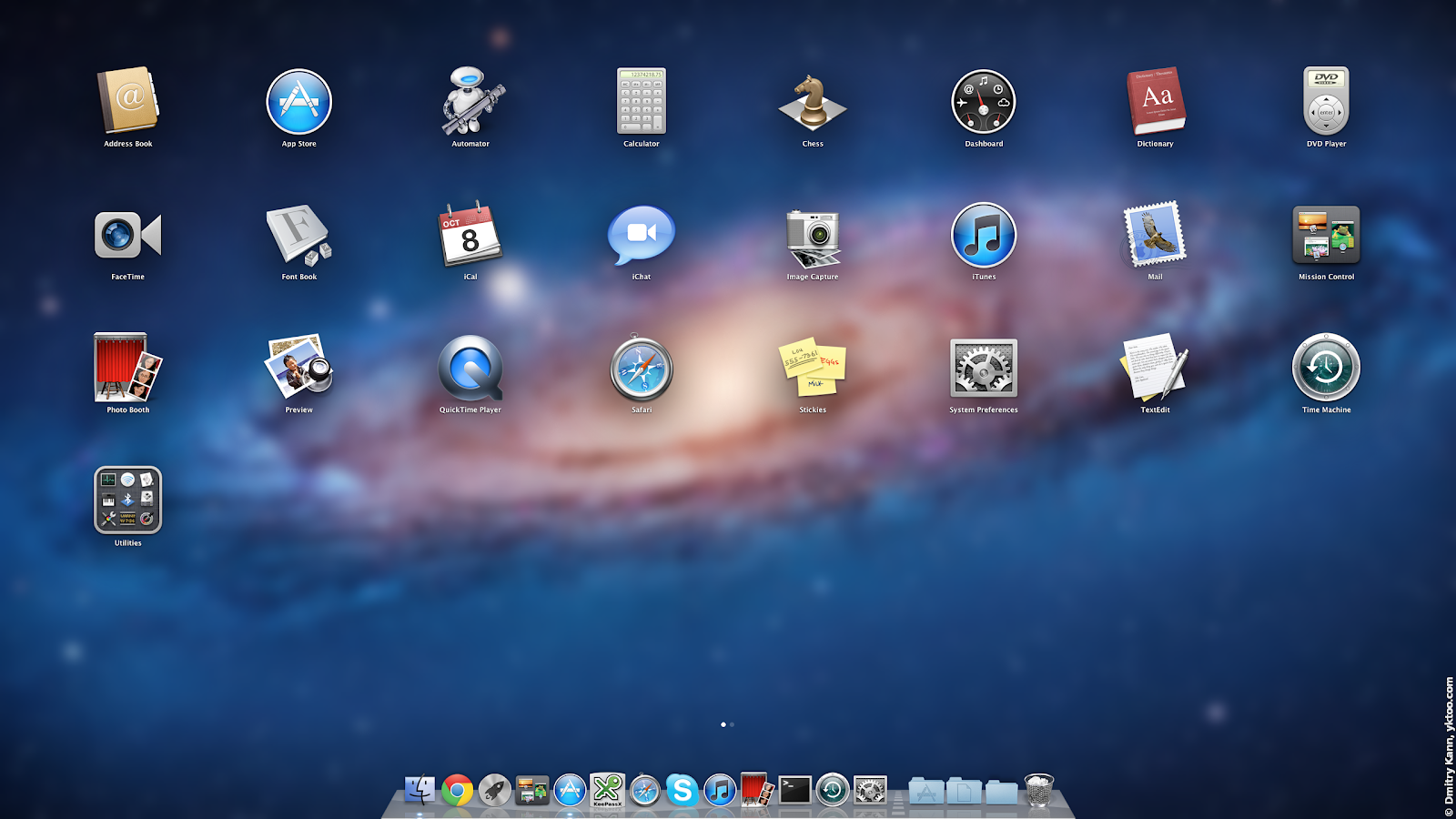

- Boot ubuntu on a mac how to#
- Boot ubuntu on a mac install#
- Boot ubuntu on a mac iso#
- Boot ubuntu on a mac free#
- Boot ubuntu on a mac mac#
I already tried to select "Minimal Installation" rather than Normal. Boot ubuntu on a mac install#
I already tried to uncheck " Install third party software". I then made sure the disk where to install boot loader was set to the disk rather than the specific EFI partition I made (i.e. one of 30GB, ext4 (from dropdown menu), mounted to / (from other drop down menu). one of 512MB, " EFI" (from dropdown menu). Boot ubuntu on a mac free#
I then created 2 partitions from Free Space When asked for the partition where to install Ubuntu to, selected other option/else Selected Normal Installation and checked "Install third party software" I clicked on the Ubuntu installer icon on desktop Switch on Screen Keyboard in the Typing section. Open the Activities overview and start typing Settings.Ĭlick Accessibility in the sidebar to open the panel.
Once in the desktop nor touchpad nor keyboard worked, so I plugged in an external mouse and enabled the on-screen keyboard to complete the installation. From the first menu I selected "Try Ubuntu". Boot ubuntu on a mac mac#
Restarted my Mac holding option key and booted into my USB (EFI
Boot ubuntu on a mac iso#
I then plugged in a 4GB USB and formatted it with Disk Utility as MS-DOS (FAT).įinally installed Etcher and burnt the ISO image into my USB. I have downloaded the latest stable versionįor Ubuntu at this time: Ubuntu 20.04.2.0 LTS. I am trying to install Ubuntu on a MacBookPro 13" 2019, running MacOS BigSur, in a partition (nor VM nor bootcamp).
Boot ubuntu on a mac how to#
In that case, refer to support documents for your distribution on how to set up a new network adapter as the name of the adapter may have changed.I know this is a super common issue, but if I am here it means I have already searched and tried many roads: unsuccessfully. On older versions of Ubuntu and other Linux distributions, you may not have Netplan.
Reboot and you should be able to use networking in both display modes. Edit /etc/netplan/00-installer-config.yaml and copy your configuration for enp0s8 (or whatever the old adapter was named) and paste it immediately after for enp0s9 (or whatever the new adapter is named). Run ip link show and look at the last adapter name. To fix this, you need to set up networking again. When switching between display modes or changing hardware settings, the network adapter may be renamed by Ubuntu. 
Then select Ubuntu Server to continue with the install.
Type in: fs0:\efi\boot\bootaa64.efi and you should see GRUB. If not, then double check your configuration and make sure you have a removable drive configured and the installer ISO mounted. In the EFI shell make sure you see FS0: Alias(s):CD0h0a0a::BLK1: near the top or something similar. Otherwise, restart the VM and quickly press the Esc key to enter the shell. If you see UEFI Interactive Shell then you are already in the shell. If you don’t have any selectable menu option, follow the guide again and make sure you have added a removable drive. If it says CD/DVD (ISO) Image (usb): none, then highlight that menu and choose Change and then select the ISO. Click the disk icon on the toolbar and check that there is a menu option for CD/DVD (ISO) Image (usb): ubuntu-xxx.iso. Make sure you have the installer ISO selected. If you start the VM and are stuck at the EFI screen ( BdsDxe: failed to load Boot0001 or UEFI Interactive Shell), try the following in order. Troubleshooting Cannot boot into installer You can use a WebDAV client to access it, or mount.davfs to mount it. Your shared directory shows up as a WebDAV server on. $ sudo apt install spice-vdagent spice-webdavd To install Ubuntu Desktop, log in and run: If the reboot fails, you can manually quit the VM, unmount the installer ISO, and start the VM again to boot into your new installation.Īt the end of the installation, you will have Ubuntu Server installed without any GUI. Go through the Ubuntu Server installer. Press “Save” to create the VM and press the Run button to start the VM. The shared directory will be available after installing SPICE tools (see below). Alternatively, you can skip this and select the directory later from the VM window’s toolbar. 
If you have a directory you want to mount in the VM, you can select it here.Specify the maximum amount of drive space to allocate.Pick the amount of RAM and CPU cores you wish to give access to the VM.Click “Browse” and select the Ubuntu Server ISO downloaded from the link above.Open UTM and click the “+” button to open the VM creation wizard.

Ubuntu Server for ARM (20.04.1 or higher).This guide is designed to only work with Apple Silicon Macs.








 0 kommentar(er)
0 kommentar(er)
